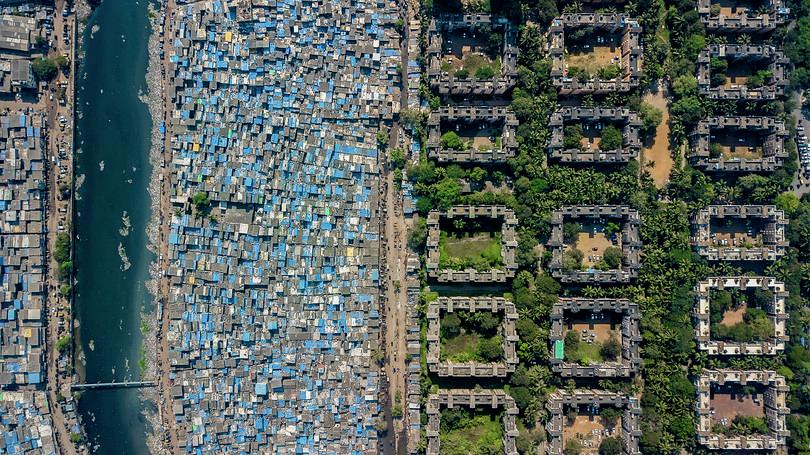Insight A world of differences: an introduction to inequality
Our prospects in life are shaped by a combination of personal characteristics and the environments in which we find ourselves. Both characteristics and conditions faced vary widely across individuals and groups. Read this Insight to learn about the meaning, measurement, and implications of economic inequality.
Authors
Authored by Suresh Naidu (Columbia University), Rajiv Sethi (Barnard College, Columbia University and Santa Fe Institute, US), and Sarah Thomas (Barnard College, Columbia University).
1 June 2021
Concepts
Concepts in this Insight are related to material in:
Highlights
- Inequality among people, households, social groups, and countries can arise along a number of dimensions, such as income, wealth, education, legal and social status, and exposure to crime or police abuse.
- Economists tend to focus on inequality in income and wealth.
- Some inequality arises because of differences in talent and effort, and some because of differences in opportunity, for example, due to differences in family income or education, neighbourhood safety, school quality, race-ethnicity, gender, and nation of birth.
- Some degree of inequality arising from individual talent or effort is often considered acceptable—and indeed necessary—in order to provide incentives for productivity and performance.
- However, inequalities can also thwart the development of talents and blunt the rewards for effort, resulting in outcomes that are unfair and deprive the economy of the talents and creativity of the excluded.
- Two important tools for the measurement of inequality are the Lorenz curve and the Gini coefficient.
- Policies to address inequality come in two forms: pre-distribution of market income, which focuses directly on rights and opportunities, and redistribution of market income, which focuses on taxes and transfers.


